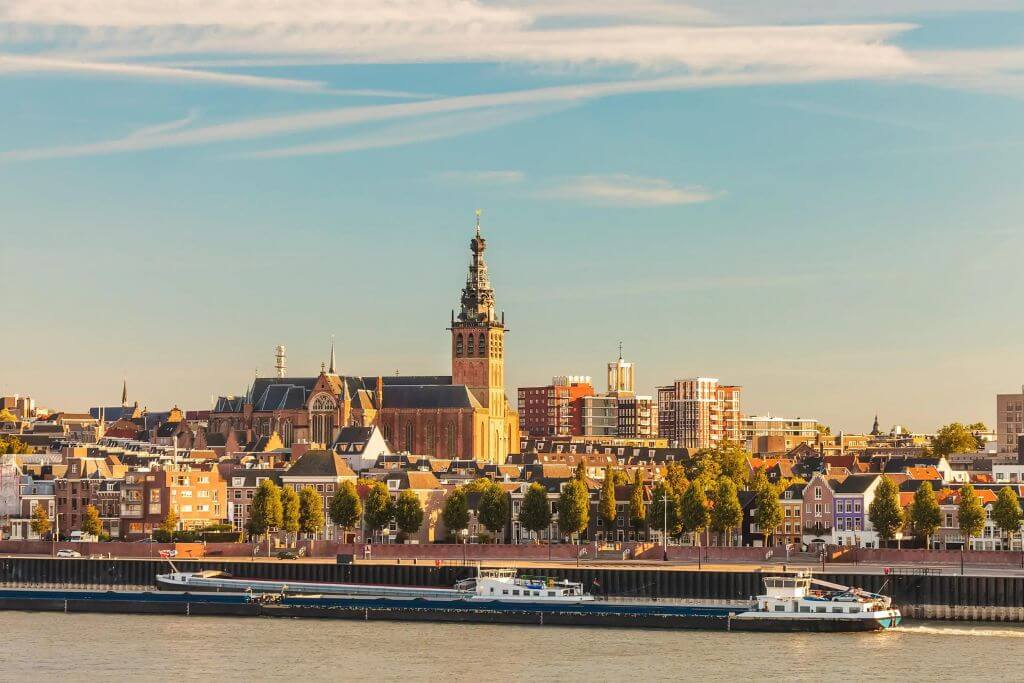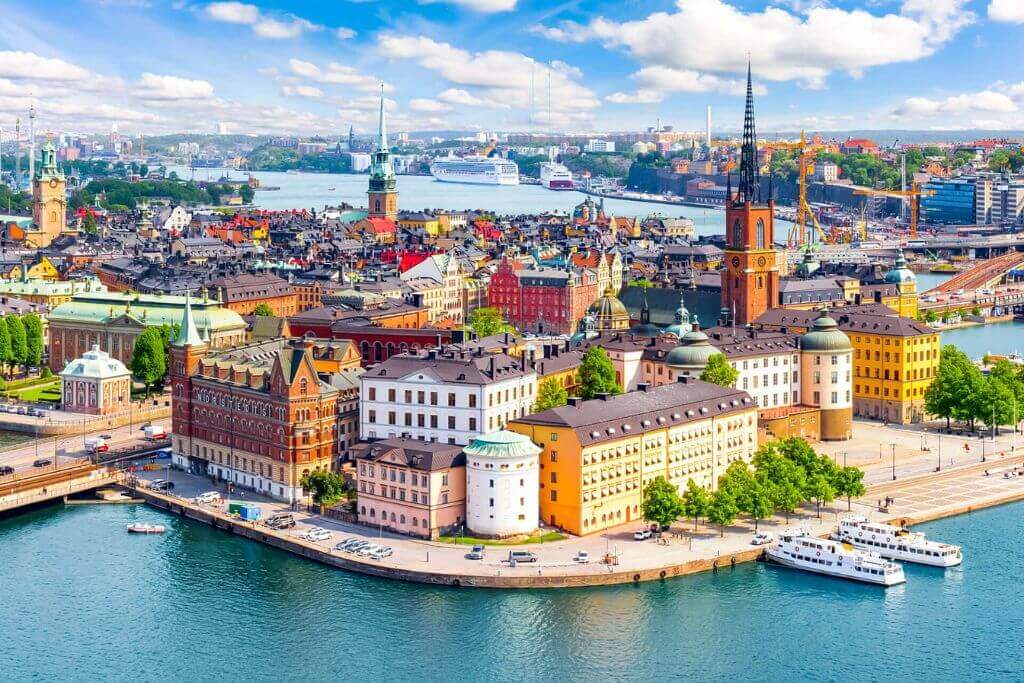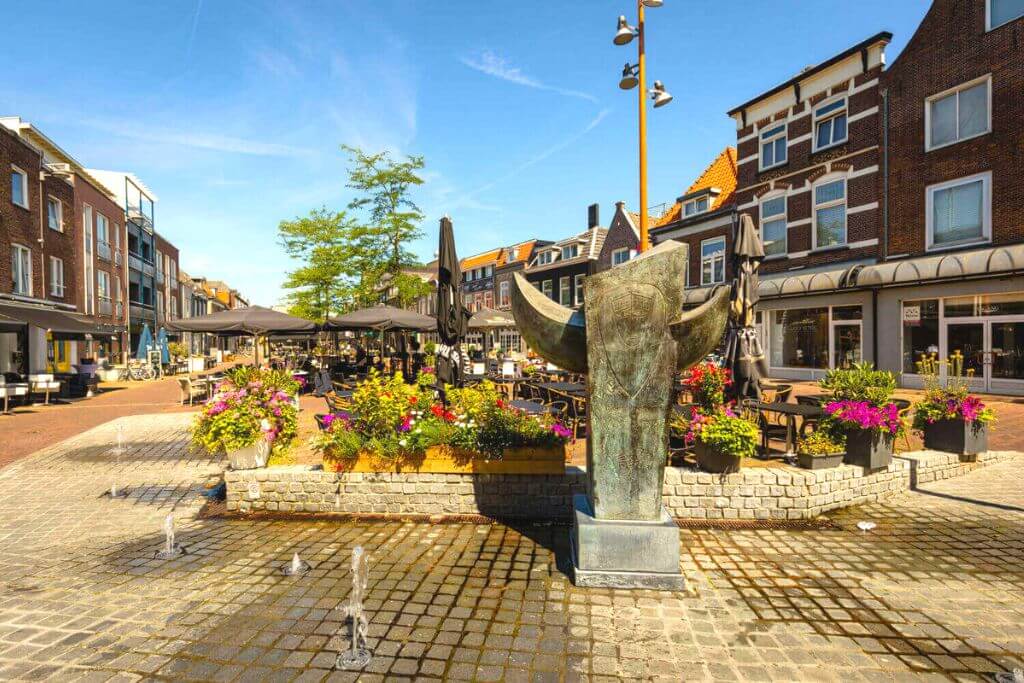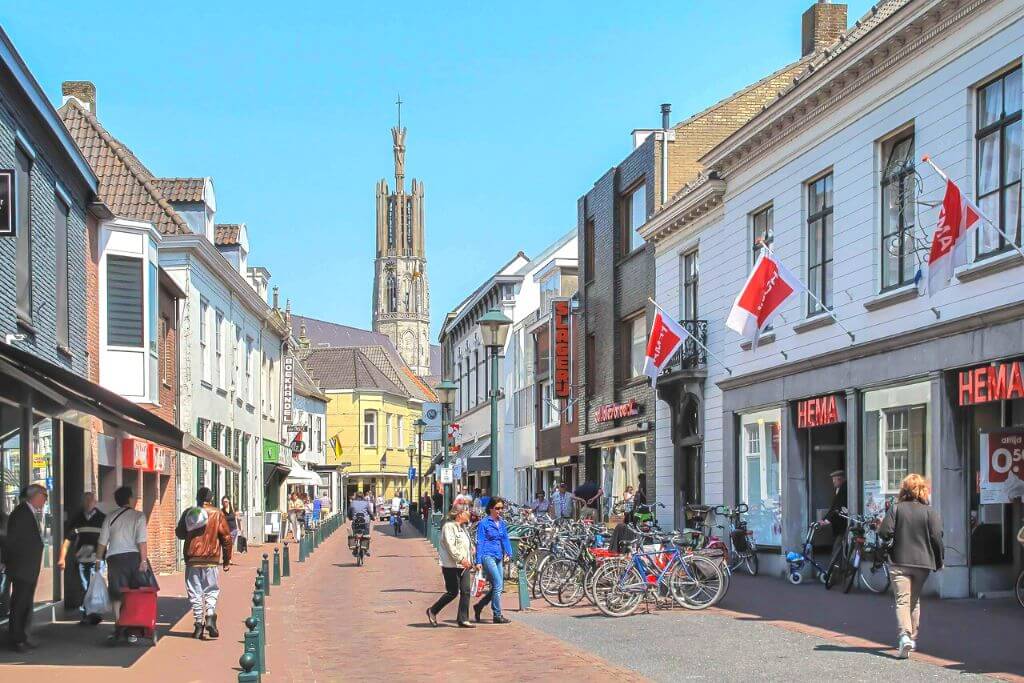Beginning with a nautical people that lived on a plain in northwest Europe, the history of the Netherlands is that of a maritime nation. The oldest city in the Netherlands is a claim made by a number of other places. Regardless, the splendor and some ancient buildings may still be enjoyed by visitors to these cities, as all of them are rich in history.
1. Criteria to choose the oldest city in the Netherlands
Several cities in the Netherlands make claim to be the oldest. This status dates back to Roman antiquity and may be attributed to Maastricht, Nijmegen, and Voorburg. Depending on the term used, a city may or may not claim the title of oldest in the Netherlands.
The location must typically have been inhabited continuously in order to make the conclusion. Roman city rights are frequently highlighted as a key justification, and urban character is typically taken into account as well. We have omitted Voorburg from our list since it has never been continuously inhabited and did not have city rights in the Middle Ages.
2. List of the oldest city in the Netherlands
Nijmegen
More than 2000 years of history may be found in Nijmegen. One hundred market rights were granted to Ulpia Noviomagus Batavorum throughout the year. In 1230, Nijmegen became a free imperial city, and in 1402, it joined the Hanseatic League.

Nijmegen was a component of the Limes during the Roman Empire, which formed the boundary between the Roman Empire and the different so-called Germanic regions. The 10th Roman legion was stationed in Nijmegen from 71 until 104.
During the Roman era, a sizable stronghold (castrum) was constructed on a hill on the Waal; some of its remnants can still be seen today. Roman artifacts are frequently discovered during regular excavations.
Maastricht
The Latin term Mosae Trajectum, which means “ford in the Maas” and which we only know from the Middle Ages, is likely the ancestor of the name Maastricht. The addition of the river’s name reflects the fact that Utrecht also utilized the Traiectum of Triecht appellation. The name Masetrieth, afterward known as Maastricht, was first mentioned in a document in 1051.

One of the cities that claim to be the “oldest city in the Netherlands” is Maastricht. The city had unbroken human habitation over a period of twenty centuries, according to the findings of archaeological digs. Maastricht’s past can be broadly split into four periods with four distinct faces: the Roman fortress, the medieval ecclesiastical center, the garrison city, and the early industrial city.
- Post for you Top 10 Things To Do and Attractions In Maastricht
Utrecht
With a long history and a significant historical center, Utrecht is one of the oldest cities in the modern Netherlands. The yards and the Dom of Utrecht, known as Domstad and has a tower that rises 112 meters above the city, are distinctive features of the city. The city briefly served as the capital of the Kingdom of Holland, as the Netherlands was known at the time, in 1808.

Around 50 AD, the Romans established the city of Utrecht’s foundation on and around present-day Domplein. They constructed the wood and earth Traiectum castellum on the Rhine’s banks.
The so-called limes, a defensive line along the northern boundary of the Roman Empire, included this fort. Four reconstructions of the castellum took place between 50 and 270 AD. The Frisians and the Franks fought for the castle for a very long period after the Romans left. Like Trecht Castle, the remaining wall continued to exist.
- Do you know 9 Things Prove Utrecht Is Amazing For Tourists
Deventer
The location is documented in texts from the Utrecht diocese dating back to the ninth century. Seven hooves are mentioned in a charter from 877 in Daventre portu (the port of Deventer). In a gift certificate from King Otto I, Deventer is identified as a city in 952. After the location had accumulated a growing number of rights and advantages over time, Emperor Henry V gave it municipal land in 1123.

Historians view this as the time when inhabitants first acquired city rights. The city is home to the oldest stone house, the oldest strolling park, and the oldest scientific library in the Netherlands, thanks to the Athenaeum library.
Zutphen
Zutphen has a more than 1700-year history. In that time, it has developed from a Germanic village to a medium-sized city today after serving as a significant center of power around 1000 and a prosperous commercial city around 1300.

At the end of the twelfth century, the city was granted city powers and admitted to the Hanseatic League. Symbols of a Hanseatic metropolis can still be seen on the Wapen van Zutphen.
Middelburg
Utensils from that time period were discovered during archaeological excavations conducted after the 1940 destruction, indicating that Middelburg’s founding must have occurred about the middle of the ninth century. The middle castle on Walcheren is where the name’s origin may be traced. The castle was situated between the Zuidburcht and the Duinburcht (Domburg) (Souburg).

There was a ring rampart nearby that were either constructed by the Viking king Harald himself or a fortification against the Vikings and borrowed from Emperor Lotharius I Walcheren in 841. On the River Arne, which was dammed between 1266 and 1301, Middelburg was located.
Tiel
Tiel was founded between 850 and 1100, while the majority of Dutch cities were founded in the late Middle Ages (1150-1300). A portion of the trade was moved to Tiel as a result of the closure of the far-off, 10-kilometer-distance marketplace Dorestad in the year 850. The Frankish king Zwentibold gave the toll to Tiel in 896.

The Utrecht bishop has approved the establishment of city legislation. It is unknown when these city rights were awarded. In the 10th and 11th centuries, the city was a commercial community of international significance that maintained strong relations with the considerably wealthier and more potent trading metropolis of Cologne.
Archaeological studies in the city center validated what was already known from literary sources. Tiel also kept uptight business ties with England at the time.
Aardenburg
Aardenburg was populated in the Middle Stone Age, but it wasn’t until Roman times that it expanded significantly. In 174, a castellum was constructed for the coastal defense of the Roman Empire’s frontiers.

At that time, Aardenburg was still located on a little river that led to the sea. An intriguing but unproven theory holds that Aardenburg would have been known as “Rodanum” during the time.
Stavoren
So far, 300 years before Christ, Stavoren (also known as Starumgenoed in the Fries) was built beside a waterway. Stavoren of the Brunonenstadsrechts, the first of which were given by Graaf Egbert between 1058 and 1068 with the approval of King Hendrik V, were codified in the eleventh century. Stavoren was a significant trading hub in the past.

Significant trade relationships were maintained by the large shippers and cooperatives with the Oostzee region. Stavoren was elected to lead the Hanze in 1285. The Stavoren fishermen discovered an old right during the Sont’s passage; upon the tolheffing, they lost their range for a brief period of time.
Hulst
The Dutch city of Hulst describes itself as being the “most Flemish city.” Many Belgian tourists are drawn to the city of Hulst, particularly for its Burgundian culture. The native tongue of Hulst and the nearby (Catholic) villages differs significantly from other dialects of Zeeland and exhibits high continuity with dialects in the north of Waasland (Belgium, province of East Flanders).

Antwerp is about 30 kilometers away from Hulst. Being referenced in the medieval Van den vos Reynaerde makes Hulst proud. A statue honoring Reynaert serves as a reminder of this fact.

it is a nice article. However, the pictures need some scrutiny. For example; the picture you posted as ‘Utrecht’ is in fact Stockholm (Sweden).